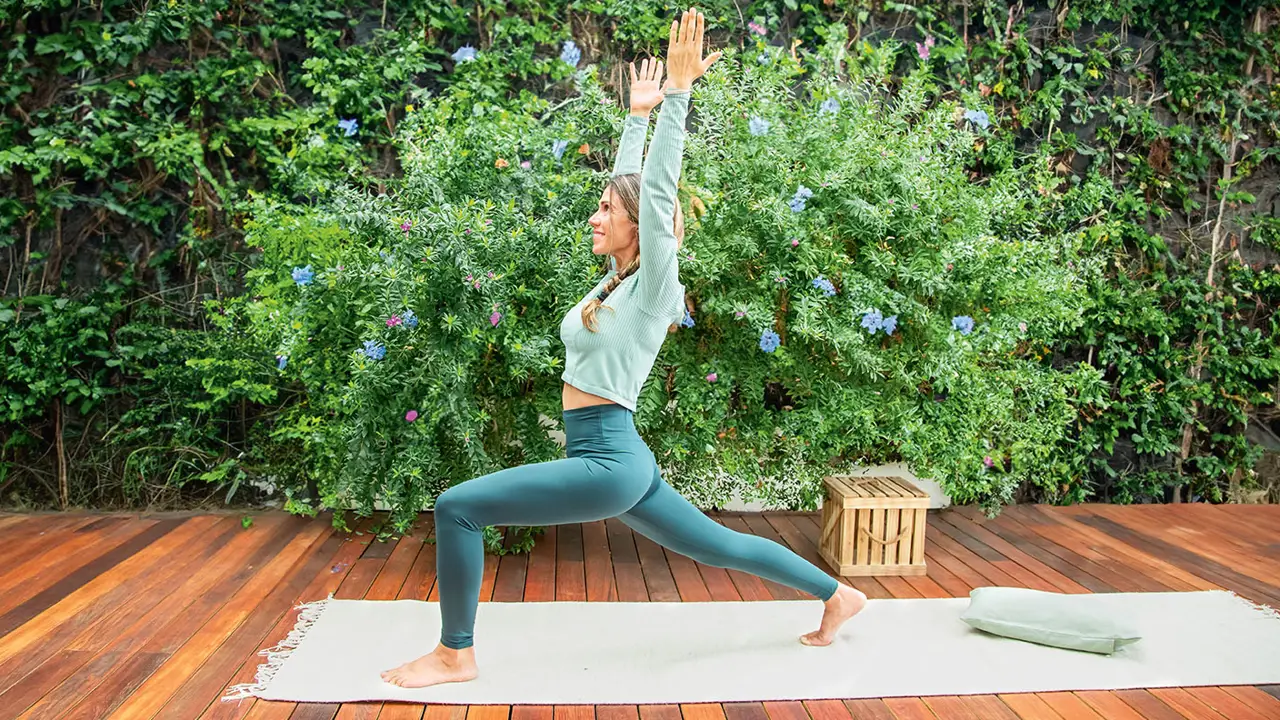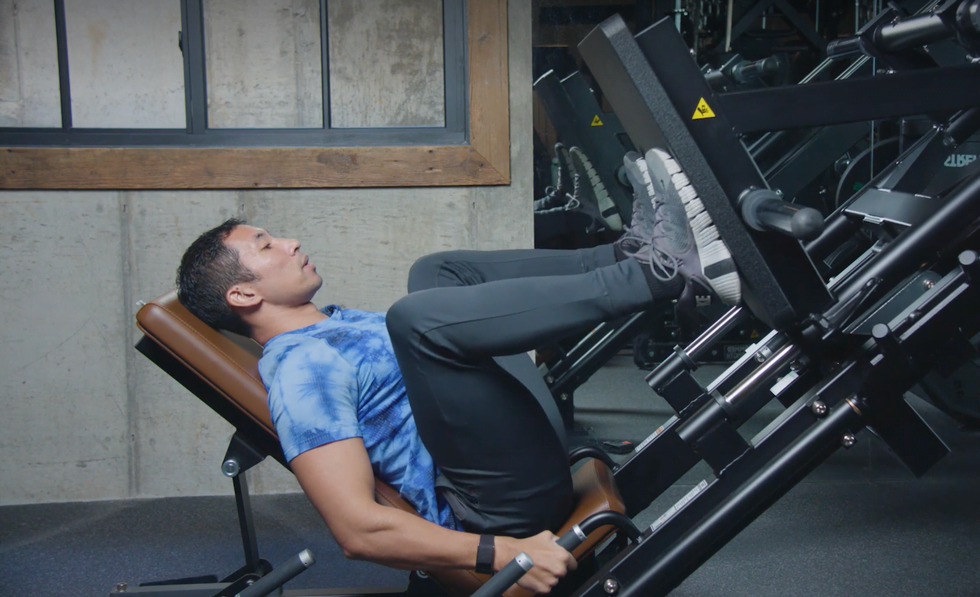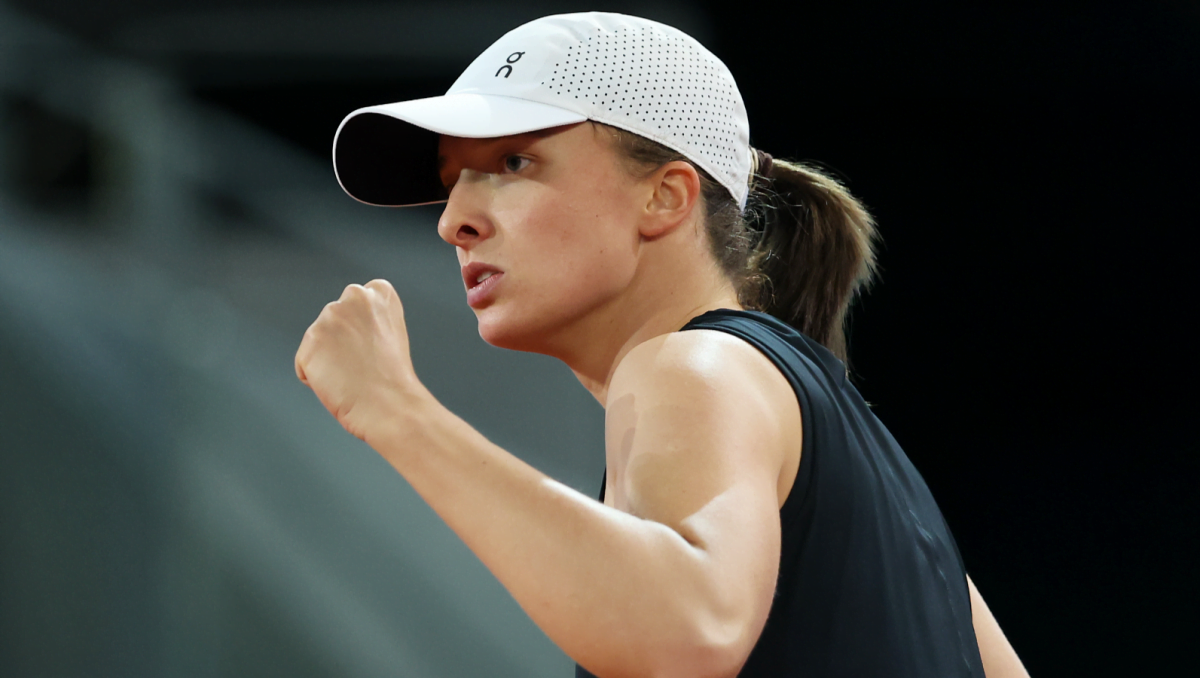In today’s fast-paced world, many individuals seek effective ways to enhance their physical fitness and mental well-being. Two popular practices, Pilates and Yoga, offer distinct approaches to achieving these goals, each with unique benefits and methodologies. Understanding the core principles and advantages of both disciplines is essential for anyone looking to improve their strength, flexibility, and mindfulness.
This article will guide you through the foundational concepts of Pilates and Yoga, explore their specific benefits, and help you determine which practice aligns best with your lifestyle goals. By evaluating your fitness objectives and personal preferences, you can make an informed decision that supports your journey toward a healthier and more balanced life.
In this article you will find:
Understanding the Core Principles of Pilates and Yoga
In the realm of fitness and wellness, Pilates and Yoga have emerged as two of the most popular practices, each offering unique benefits and philosophies. Understanding the core principles of these disciplines is essential for anyone looking to enhance their lifestyle through physical activity and mindfulness.
The Foundations of Pilates
Developed by Joseph Pilates in the early 20th century, Pilates focuses on core strength, flexibility, and overall body awareness. The method emphasizes precise movements, controlled breathing, and alignment. Here are some of the key principles:
- Concentration: Every movement in Pilates is performed with focus and intention, encouraging a mind-body connection that enhances physical awareness.
- Control: Each exercise is executed with control to ensure proper form and prevent injury, promoting safety and effectiveness.
- Centering: Pilates emphasizes engaging the core, or “powerhouse,” which includes the abdominal muscles, lower back, hips, and glutes, providing a stable foundation for movement.
- Flow: Movements are designed to flow seamlessly from one to another, creating a dynamic workout that enhances coordination and rhythm.
- Precision: The focus on precise movements ensures that each exercise targets specific muscle groups, maximizing the benefits of the workout.
These principles work together to create a balanced and effective workout that not only strengthens the body but also enhances mental clarity and focus.
The Essence of Yoga
Yoga, with roots tracing back thousands of years in ancient India, encompasses a holistic approach to physical and mental well-being. It combines physical postures, breath control, meditation, and ethical principles. Here are the core principles that define Yoga:
- Asanas: The physical postures of Yoga, or asanas, are designed to enhance flexibility, strength, and balance, promoting overall physical health.
- Pranayama: This refers to breath control, which is fundamental in Yoga practice. Regulating breath helps to calm the mind and energize the body.
- Meditation: Yoga encourages mindfulness and meditation, fostering a deep connection between the mind and body, which can lead to enhanced emotional well-being.
- Mindfulness: Practicing Yoga cultivates awareness of the present moment, helping individuals to manage stress and anxiety effectively.
- Ethical Living: Yoga promotes principles of ethical living, including non-violence, truthfulness, and compassion, encouraging practitioners to lead a balanced and harmonious life.
Through these principles, Yoga offers not only physical benefits but also a pathway to mental and spiritual growth.
Finding Common Ground
While Pilates and Yoga differ in their approaches and methodologies, they share common ground in promoting overall well-being. Both practices emphasize the importance of breath, mindfulness, and body awareness, making them complementary to one another. Engaging in both can provide a holistic approach to fitness, enhancing strength, flexibility, and mental clarity.
For those interested in exploring these practices further, resources such as Hola offer insights on how to choose the discipline that best suits individual needs and goals.
Benefits of Pilates for Strength and Flexibility
Pilates has gained immense popularity as a low-impact exercise regimen that not only enhances physical strength but also improves flexibility. By focusing on controlled movements and core engagement, Pilates offers a unique approach to fitness that can be tailored to meet individual needs. This section delves into the specific benefits of Pilates for strength and flexibility, revealing why it is a valuable addition to any fitness routine.
Enhancing Core Strength
At the heart of Pilates is the emphasis on building a strong core. The core muscles, which include the abdominal muscles, obliques, lower back, and pelvic floor, are crucial for overall stability and strength. Here’s how Pilates contributes to core strength:
- Targeted Exercises: Pilates exercises are specifically designed to engage the core muscles, promoting strength and stability. Movements such as the Hundred and Plank effectively activate these muscles.
- Improved Posture: A strong core supports proper posture, reducing the risk of back pain and injuries. Pilates encourages awareness of body alignment, which translates to better posture in daily life.
- Functional Strength: The strength gained from Pilates is functional, meaning it translates to improved performance in everyday activities and other physical pursuits.
Increasing Flexibility
Flexibility is another significant benefit of practicing Pilates. The controlled movements and stretching involved in Pilates help to lengthen muscles and improve joint mobility. Here are some ways Pilates enhances flexibility:
- Dynamic Stretching: Many Pilates exercises incorporate dynamic stretching techniques, which gently elongate muscles while strengthening them. This helps to improve overall flexibility.
- Focus on Range of Motion: Pilates encourages practitioners to work within their full range of motion, promoting flexibility and reducing stiffness in the muscles and joints.
- Balance and Coordination: Improved flexibility contributes to better balance and coordination, which are essential for overall physical performance and injury prevention.
Building Overall Body Strength
Pilates is not just about core strength; it also promotes overall body strength. The practice engages multiple muscle groups simultaneously, leading to balanced muscle development. Here are key aspects of how Pilates builds strength:
- Resistance Training: Many Pilates exercises utilize resistance, whether through body weight or equipment like resistance bands and reformers. This resistance training builds muscle strength effectively.
- Low Impact: The low-impact nature of Pilates makes it suitable for individuals of all fitness levels, including those recovering from injuries. It allows for strength building without excessive strain on the joints.
- Muscle Tone: Regular practice leads to improved muscle tone and definition, contributing to a leaner appearance and enhanced physical performance.
Conclusion
Incorporating Pilates into your fitness routine can lead to significant improvements in both strength and flexibility. Its focus on core engagement, functional strength, and dynamic stretching makes it a comprehensive workout that benefits individuals of all ages and fitness levels. For those interested in exploring Pilates further, resources such as Hola provide guidance on how to choose the right practice for your lifestyle goals.
How Yoga Enhances Mindfulness and Stress Relief
Yoga is more than just a physical practice; it is a holistic approach that fosters mindfulness and promotes stress relief. By integrating breath control, meditation, and physical postures, yoga creates a unique environment that encourages practitioners to connect with their inner selves, leading to profound mental and emotional benefits. This section explores how yoga enhances mindfulness and alleviates stress, making it a powerful tool for overall well-being.
The Role of Breath in Mindfulness
Central to yoga practice is the concept of pranayama, or breath control. This technique is essential for cultivating mindfulness. Here’s how breath plays a pivotal role:
- Awareness of Breath: Focusing on the breath encourages practitioners to become present in the moment. This awareness helps to quiet the mind and reduce distractions, fostering a deeper connection to the body.
- Regulation of Emotions: Controlled breathing can activate the parasympathetic nervous system, which calms the body and mind. This physiological response helps to manage anxiety and stress levels.
- Mindful Transitions: As practitioners move through different poses, maintaining awareness of breath allows for smoother transitions and a more meditative experience.
Yoga Poses and Their Impact on Stress Relief
Certain yoga poses are particularly effective for relieving stress and promoting relaxation. These asanas not only stretch and strengthen the body but also encourage a sense of calm. Here are some key poses:
- Child’s Pose (Balasana): This restorative pose encourages relaxation and provides a gentle stretch for the back and hips, helping to release tension.
- Downward-Facing Dog (Adho Mukha Svanasana): This pose stretches the entire body while promoting blood flow to the brain, which can enhance mental clarity and reduce stress.
- Corpse Pose (Savasana): Often practiced at the end of a yoga session, Savasana allows the body to relax completely, promoting deep rest and recovery, which is essential for stress relief.
The Mind-Body Connection
Yoga fosters a strong mind-body connection, which is crucial for achieving mindfulness. This connection can be developed through:
- Mindful Movement: Each yoga pose requires concentration and awareness, encouraging practitioners to be fully present in their movements. This practice helps individuals tune into their physical sensations and emotions.
- Meditative Practices: Many yoga classes incorporate meditation techniques that encourage self-reflection and awareness, helping to cultivate a peaceful state of mind.
- Community and Support: Practicing yoga in a group setting can create a supportive environment that enhances mindfulness and promotes a sense of belonging, further reducing stress.
Scientific Insights on Yoga and Stress Relief
Research has shown that regular yoga practice can lead to significant reductions in stress and anxiety. A study published in the journal Health Psychology Review found that yoga can lower cortisol levels, the hormone associated with stress. Furthermore, participants reported improved mood and emotional regulation after engaging in yoga sessions.
By incorporating yoga into your routine, you can harness these benefits to cultivate a more mindful approach to life and effectively manage stress. For those interested in exploring yoga further, resources such as Hola provide valuable insights on selecting the right practice for your lifestyle goals.
Choosing the Right Practice for Your Lifestyle Goals
As the popularity of both Pilates and Yoga continues to rise, many individuals find themselves at a crossroads, unsure of which practice aligns best with their personal lifestyle goals. Each discipline offers distinct benefits and approaches, making it essential to evaluate your needs and preferences before committing to one or the other. This section will guide you through the decision-making process, helping you choose the practice that resonates with your fitness and wellness objectives.
Assessing Your Fitness Goals
Before diving into the specifics of Pilates or Yoga, it’s crucial to assess your fitness goals. Here are some questions to consider:
- What are your primary objectives? Are you looking to build strength, improve flexibility, enhance mental clarity, or reduce stress?
- What is your current fitness level? Are you a beginner or an experienced practitioner? Understanding your starting point can influence your choice.
- Do you have any physical limitations or injuries? Certain practices may be more suitable depending on your physical condition.
By answering these questions, you can gain clarity on what you hope to achieve, making it easier to determine which practice aligns with your goals.
Understanding the Differences
While both Pilates and Yoga promote overall well-being, they differ in focus and methodology:
- Pilates: Primarily centered around core strength, stability, and controlled movements, Pilates is ideal for those looking to enhance physical fitness, improve posture, and rehabilitate from injuries. It emphasizes muscle tone and functional strength through precise exercises.
- Yoga: Yoga encompasses a broader approach that combines physical postures, breath control, and meditation. It is well-suited for individuals seeking stress relief, mindfulness, and emotional balance, in addition to physical fitness.
Understanding these differences can help you align your choice with your desired outcomes.
Consider Your Lifestyle and Preferences
Your lifestyle and personal preferences play a significant role in choosing the right practice. Here are some factors to consider:
- Time Commitment: How much time can you realistically dedicate to your practice? Pilates sessions are often shorter and more focused on specific exercises, while Yoga classes can vary in length and intensity.
- Class Environment: Do you prefer a structured environment with equipment, as found in Pilates studios, or the more varied and often community-oriented atmosphere of Yoga classes?
- Social Interaction: If you thrive in social settings, consider the community aspect of Yoga, which often encourages group participation and connection.
Reflecting on these lifestyle factors can help ensure that your chosen practice fits seamlessly into your daily routine.
Exploring Hybrid Approaches
For those who find it challenging to choose between the two practices, a hybrid approach may be beneficial. Many fitness enthusiasts incorporate elements of both Pilates and Yoga into their routines. This combination allows individuals to enjoy the strength-building benefits of Pilates while also experiencing the mindfulness and stress relief that Yoga provides.
Consider exploring classes that blend both disciplines, as these can offer a well-rounded workout that caters to a variety of fitness goals. Additionally, many studios and online platforms provide hybrid classes that integrate Pilates and Yoga techniques.
Resources for Further Exploration
To further assist you in making an informed decision, consider visiting reputable resources such as Hola, which offers insights into selecting the discipline that best suits your needs. Additionally, local studios often provide trial classes, allowing you to experience both practices firsthand before committing. Pilates and Yoga are two popular practices that offer unique benefits for physical and mental well-being. Pilates focuses on core strength, flexibility, and controlled movements, making it ideal for those looking to enhance physical fitness and posture. In contrast, Yoga emphasizes mindfulness, breath control, and emotional balance, promoting stress relief and overall mental clarity. Understanding these differences can help individuals choose the practice that aligns best with their personal fitness goals and lifestyle.
When selecting between Pilates and Yoga, consider your fitness objectives, current level, and any physical limitations. Additionally, reflect on your lifestyle preferences, such as time commitment and social interaction. For those uncertain about which practice to choose, exploring hybrid classes that incorporate both Pilates and Yoga can provide a well-rounded approach to fitness. Resources like local studios and online platforms can offer trial classes to help you make an informed decision.



